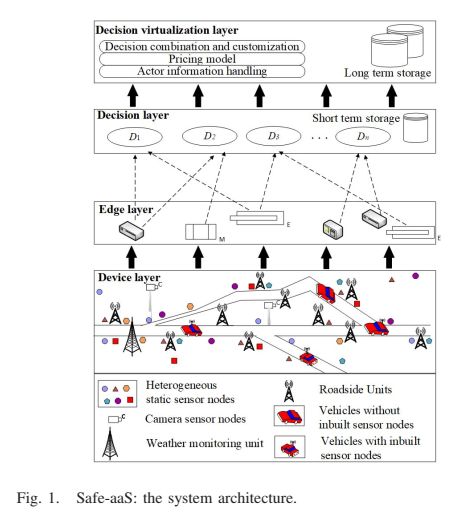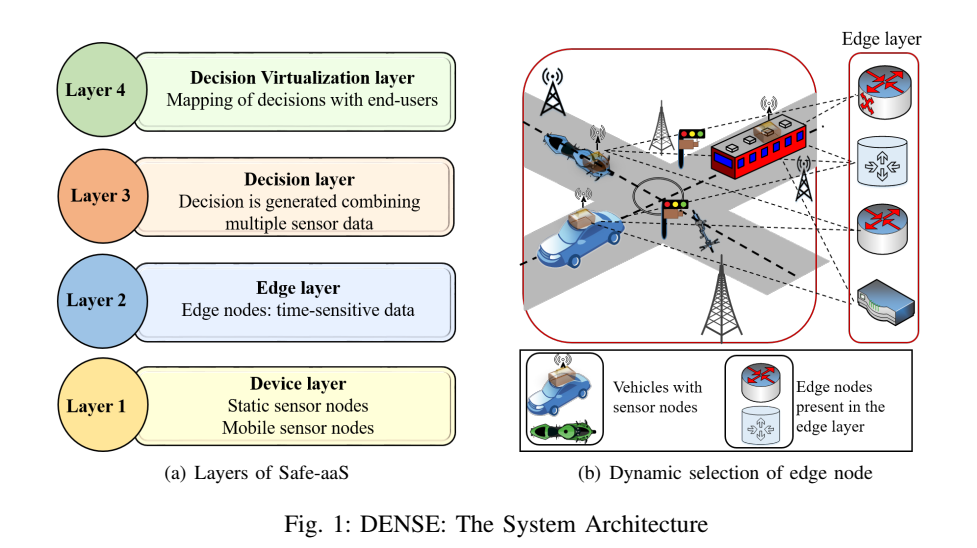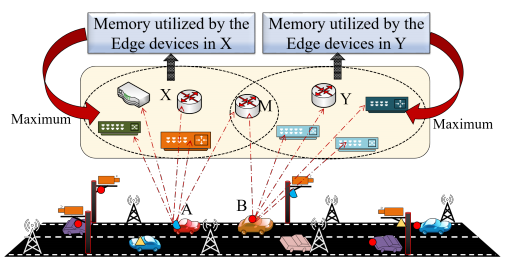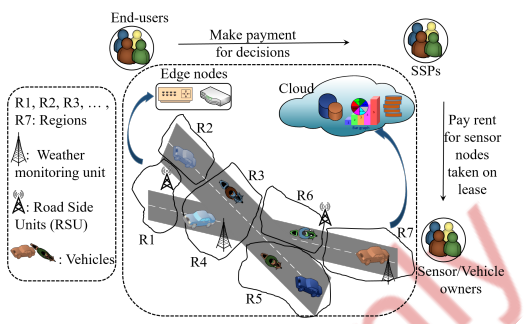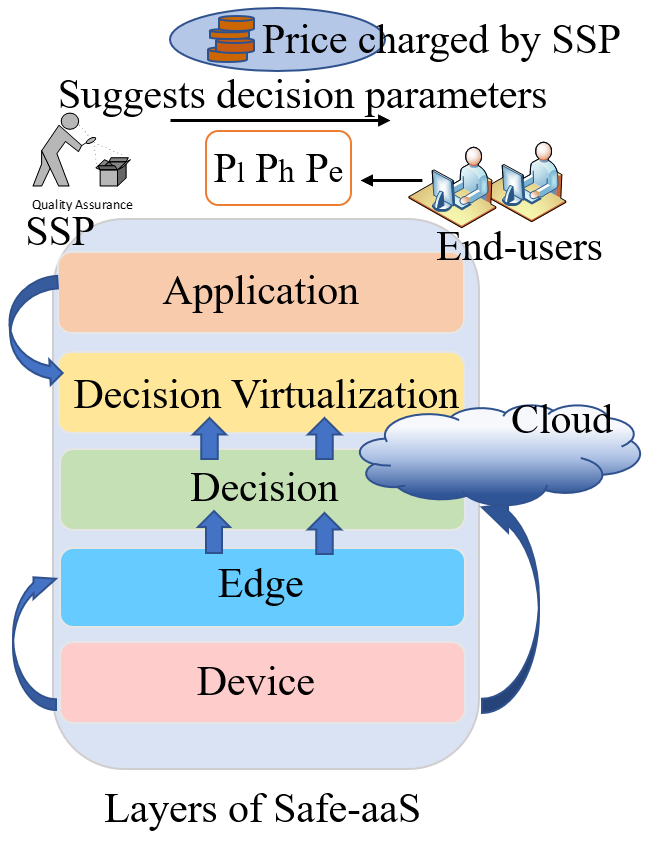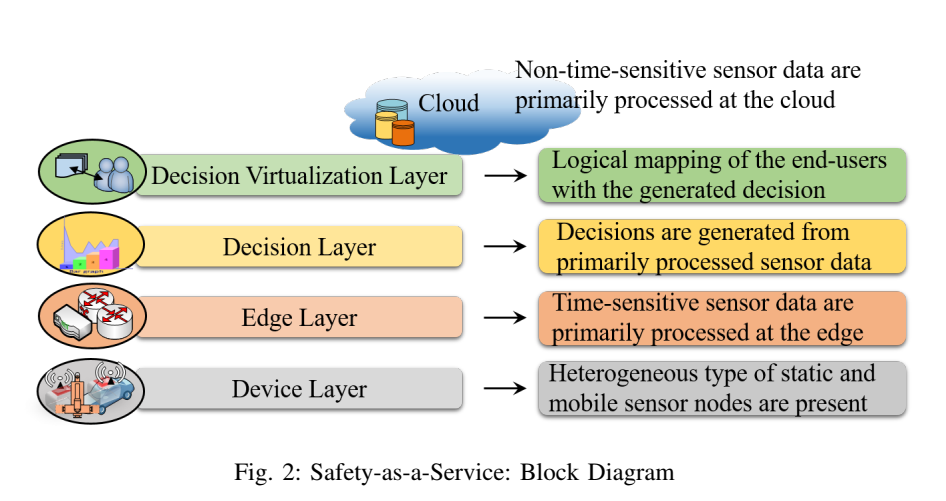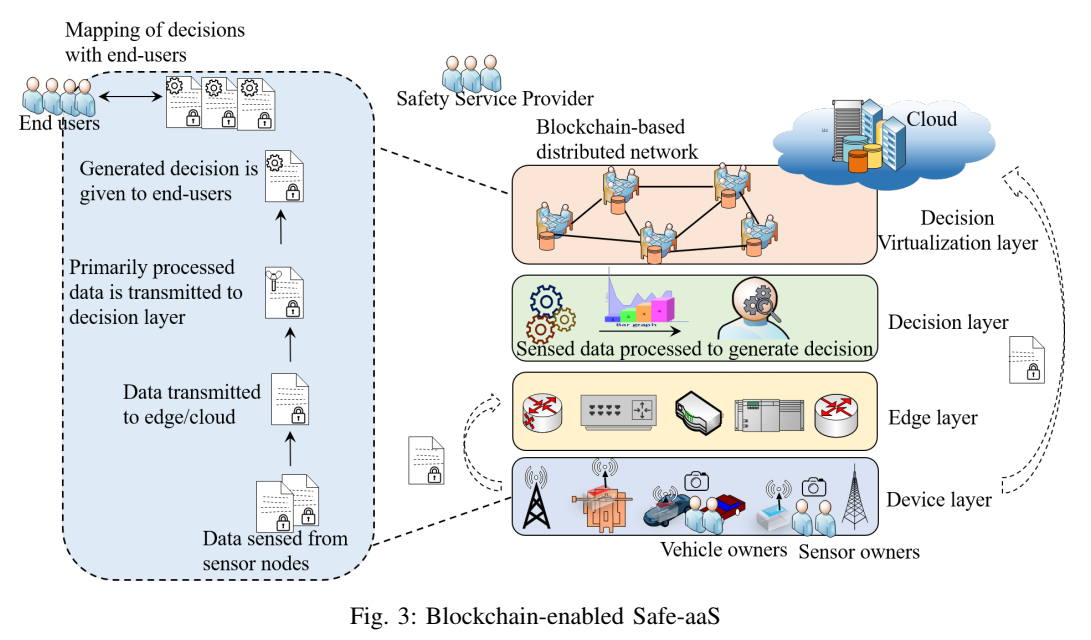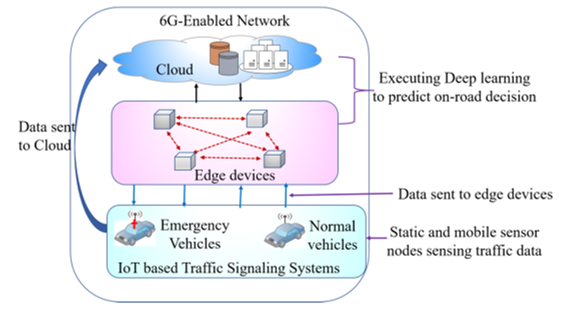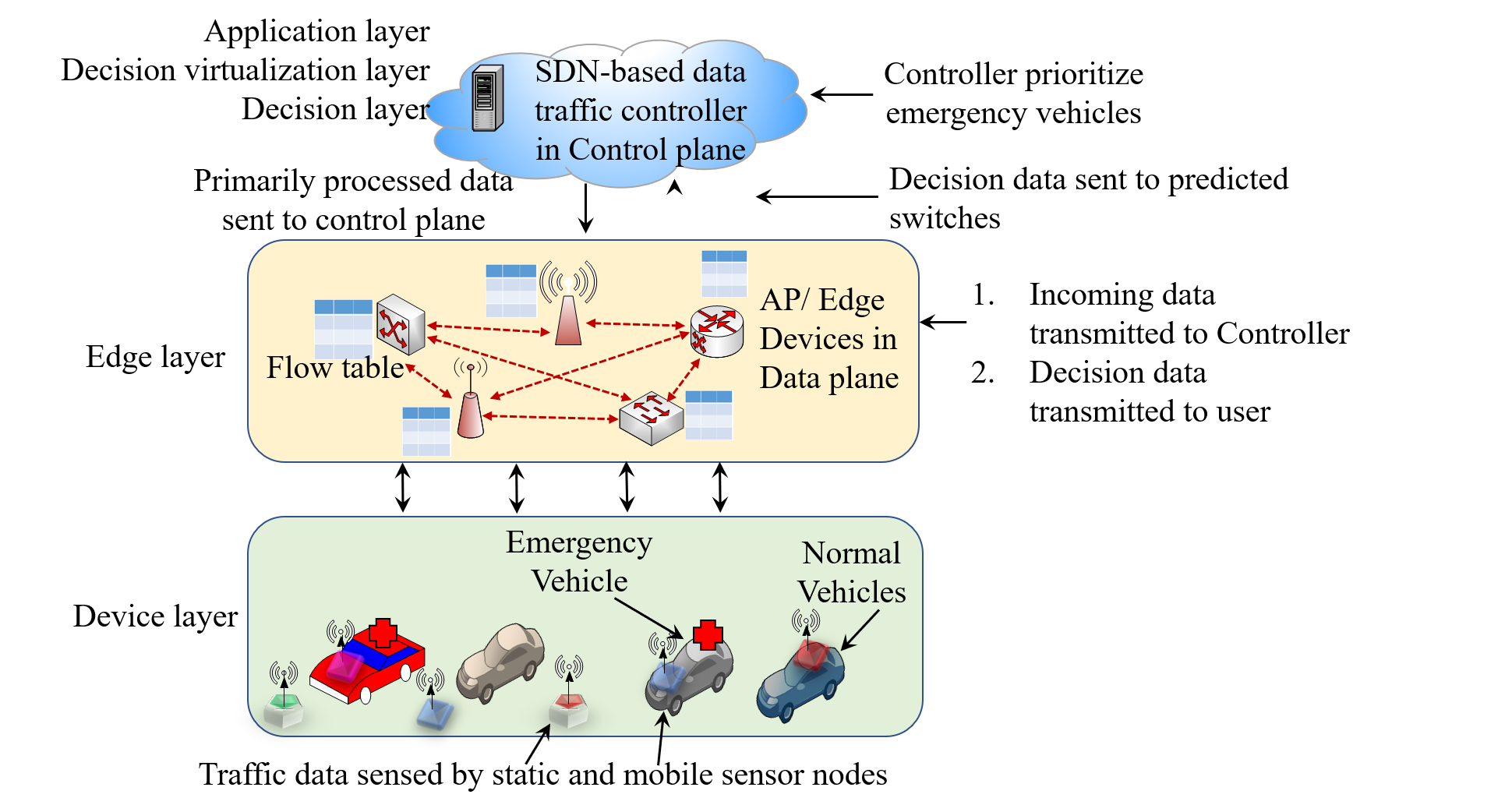Safety-as-a-Service
With the significant increase in the number of vehicles on the road, safety becomes an essential aspect of concern for both the drivers and the user-organizations in the transportation industry. The prior information of the road conditions, weather, maneuver detection, probability of road accidents, and fatality, the vehicle owners, the drivers, and the user-organizations can reduce the risk of accidents. It motivates for architecting a novel road safety paradigm, Safety-as-a-Service (Safe-aaS), where the end-users receive decisions related to road safety on a rental basis. The inconveniences faced by the end-user for deployment, maintenance, and reallocation of sensor nodes are ameliorated with the help of the Safe-aaS architecture.
